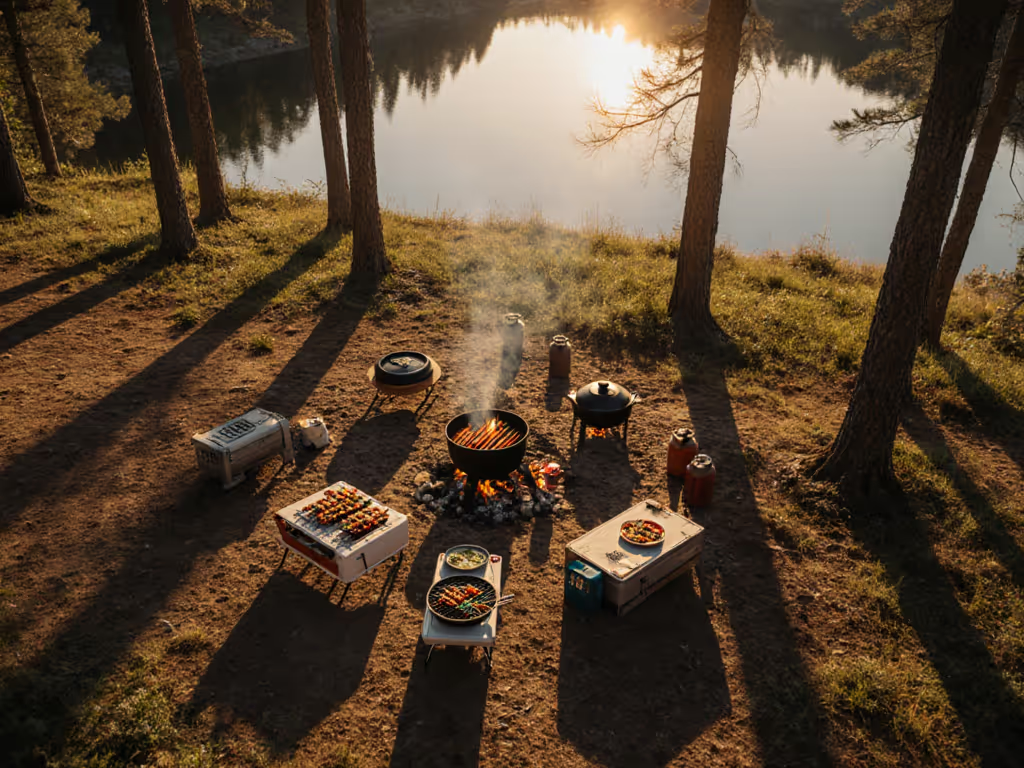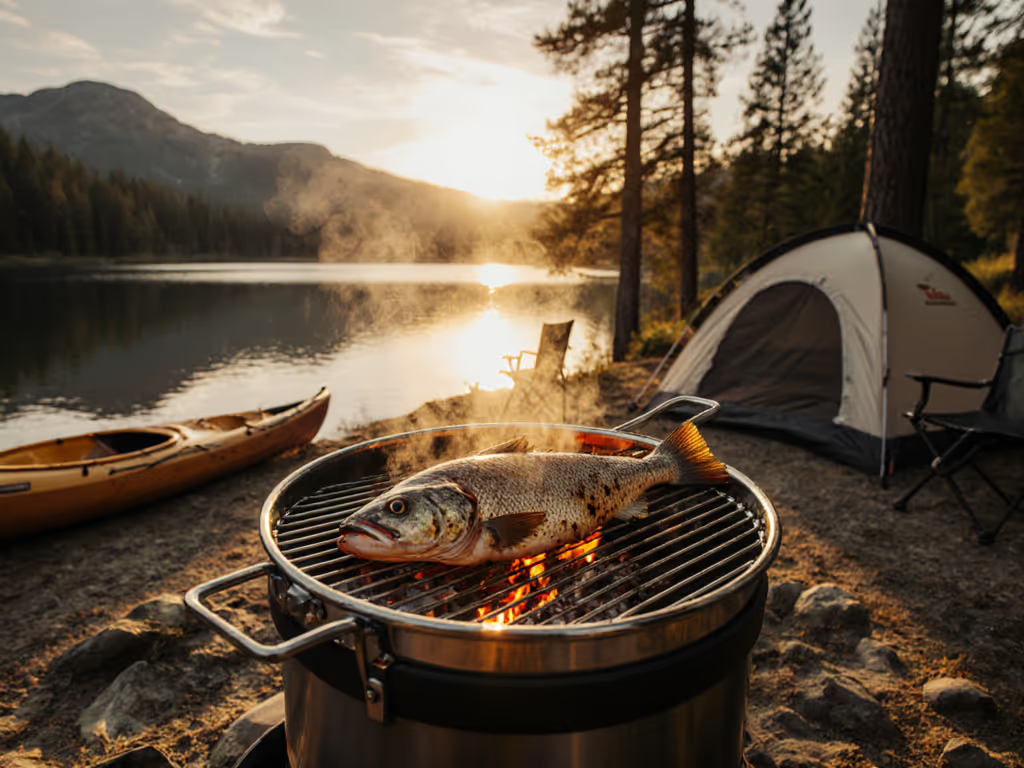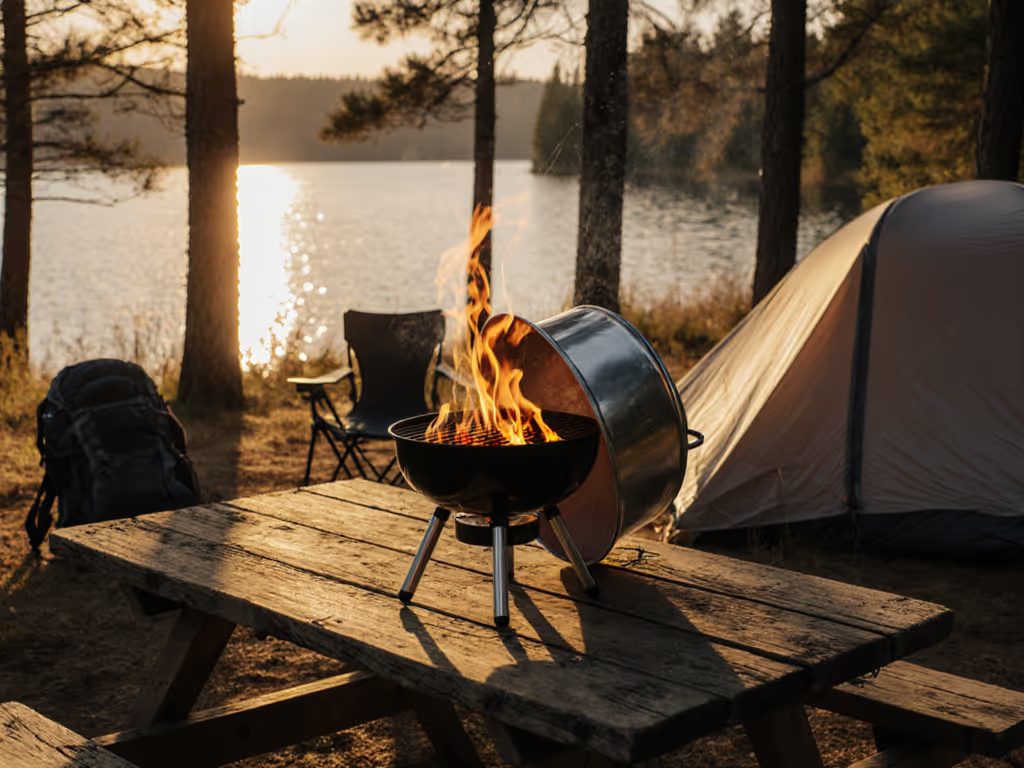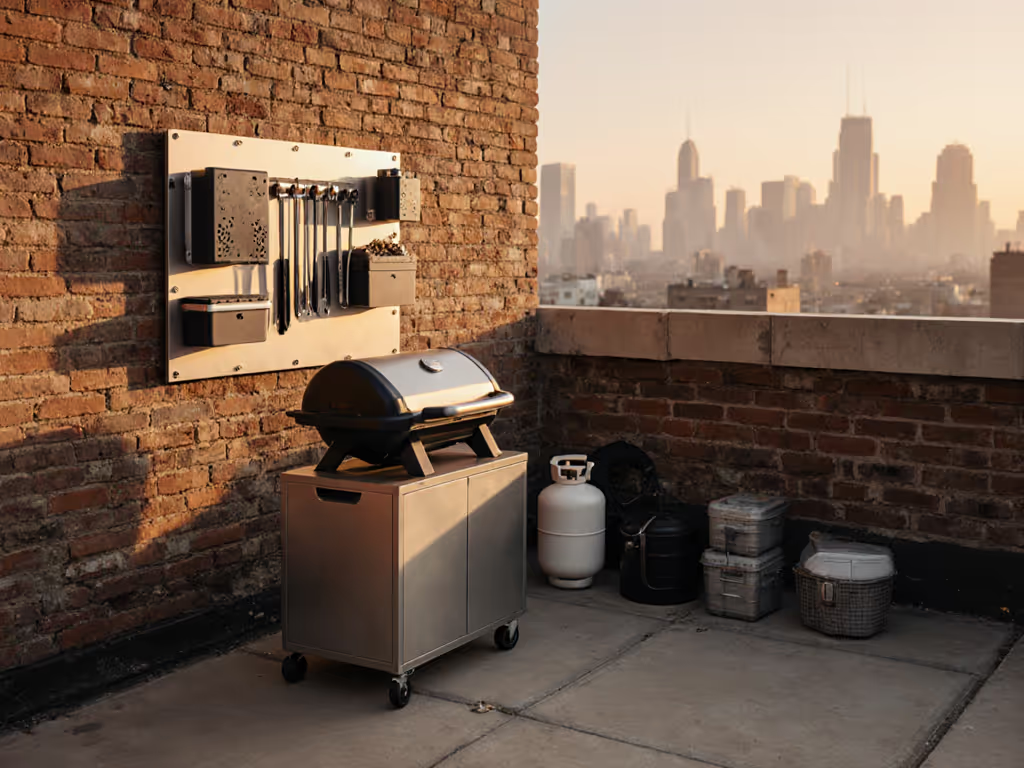
Host Community Grills: Safe Portable BBQ Event Guide
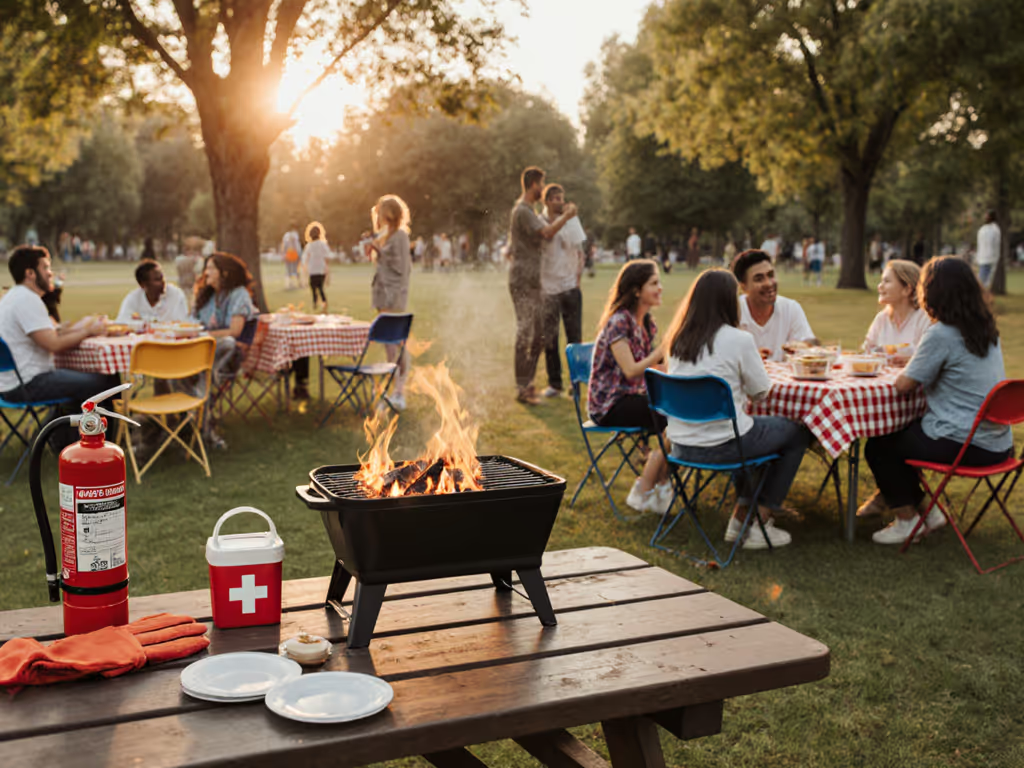
Forget the backyard-only mindset. The most vibrant community grill events happen where people actually gather: parks, trailheads, and public spaces. When you equip yourself with the right portable outdoor bbq grill and smart planning, community grill events become the easiest way to build connections in your neighborhood. As someone who's cooked for strangers-turned-friends on train platforms and trail entrances, I've learned that the best community building with grills starts with what you can realistically carry and fuel anywhere. Let's build your neighborhood potluck planning around what actually works in the real world.
1. Know Your Public Space BBQ Rules Before You Commit
This is non-negotiable. Before you message your neighbors about a gathering, research your local regulations. Most parks have specific zones where grilling is permitted, and just as importantly, where it is banned. Contact your parks department for:
- Approved fuel types (many prohibit charcoal but allow propane)
- Distance requirements from vegetation
- Required fire extinguisher or water source
- Permits for groups over a certain size
- Specific park hours when grilling is allowed
I once showed up to a community gathering with my folding grill only to discover the park had recently banned all open flames (wasting my prepared food and disappointing neighbors). Carry a printed copy of the regulations when you arrive. For a full checklist on preventing accidents and setting up safely in public spaces, see our portable grilling safety guide. Better yet, build relationships with park staff beforehand; they'll often point you to the best spots that comply with public space BBQ rules while giving you visibility.
2. Apply the 'Buy It Twice in Town' Fuel Test
Carry the fuel you can buy twice in town.
This simple litmus test separates viable community grill events from pipe dreams. When planning portable grill event coordination, prioritize fuels you can purchase at multiple locations within your neighborhood: Not sure which fuel fits your plans? See our grill fuel comparison for heat control, flavor, setup time, and portability.
- Propane (1 lb canisters): Available at gas stations, grocery stores, and hardware stores
- Butane (standard cartridge): Common at convenience stores but often unavailable in rural areas
- Avoid: Specialty fuels that require special stores or shipping
During my overnight train trip to the coast, I learned redundancy matters more than boutique performance. When the station vendor ran out of butane, my tiny adapter let me use propane instead, saving dinner for four. Calculate your cost-per-meal math including fuel: a $20 grill that requires $15 specialty fuel costs more long-term than a $50 model running on $3 standard canisters.
3. Build a Modular Kit for Maximum Community Reach
Your community grill events should require minimal gear but deliver maximum cooking capacity. Adopt a modular kit mindset that scales with your group size: Round out your setup with essential portable grill tools that earn their weight across multiple scenarios.
- Core unit: Single-burner grill that fits in a standard backpack (under 15 lbs)
- Scalable add-ons: Second burner attachment, griddle plate, or larger cooking surface
- Universal accessories: Windscreens that work with multiple grill models
- No single-use items: Every piece must earn its weight in multiple scenarios
The Weber Q1000 (a reliable option weighing 27.5 lbs) exemplifies this approach with its push-button ignition and disposable propane compatibility, perfect when you're coordinating portable grill events across different neighborhoods where infrastructure varies.
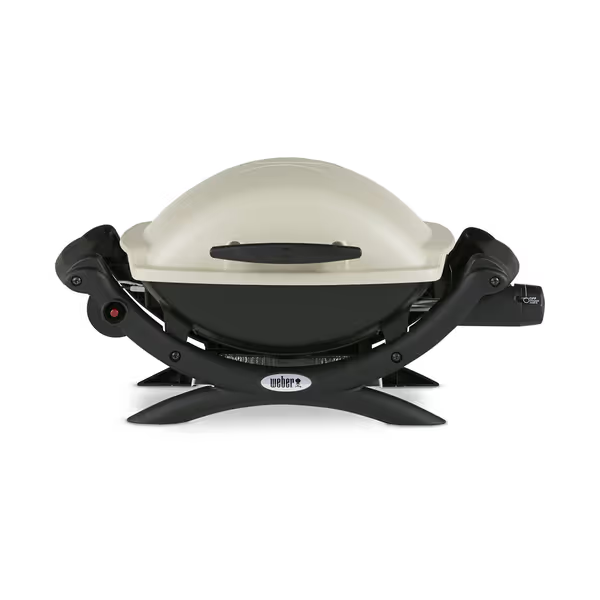
Weber Q1000 Liquid Propane Grill
4. Master Neighborhood Potluck Planning with a 'Pack-Light Ethos'
Community building with grills thrives when everyone contributes without burden. Create a system where guests bring food but not equipment:
- Designate specific food categories ("bring burgers," "bring corn," "bring salads")
- Provide a detailed preparation guide ("pre-cook proteins," "keep sides chilled")
- Supply all cooking equipment so guests arrive hands-free
- Create a simple sign-up sheet with portion guidance based on headcount
I use a plain-language checklist that shows neighbors exactly what to bring and prepare. For 6 people, we typically need:
- 12 burger patties (2 per person)
- 12 buns
- 2 large sides (serves 6-8)
- 1 condiment station
This approach ensures no one arrives with 10 lbs of uncooked meat that can't fit on your portable outdoor bbq grill, while keeping your pack-to-plate pragmatism intact.
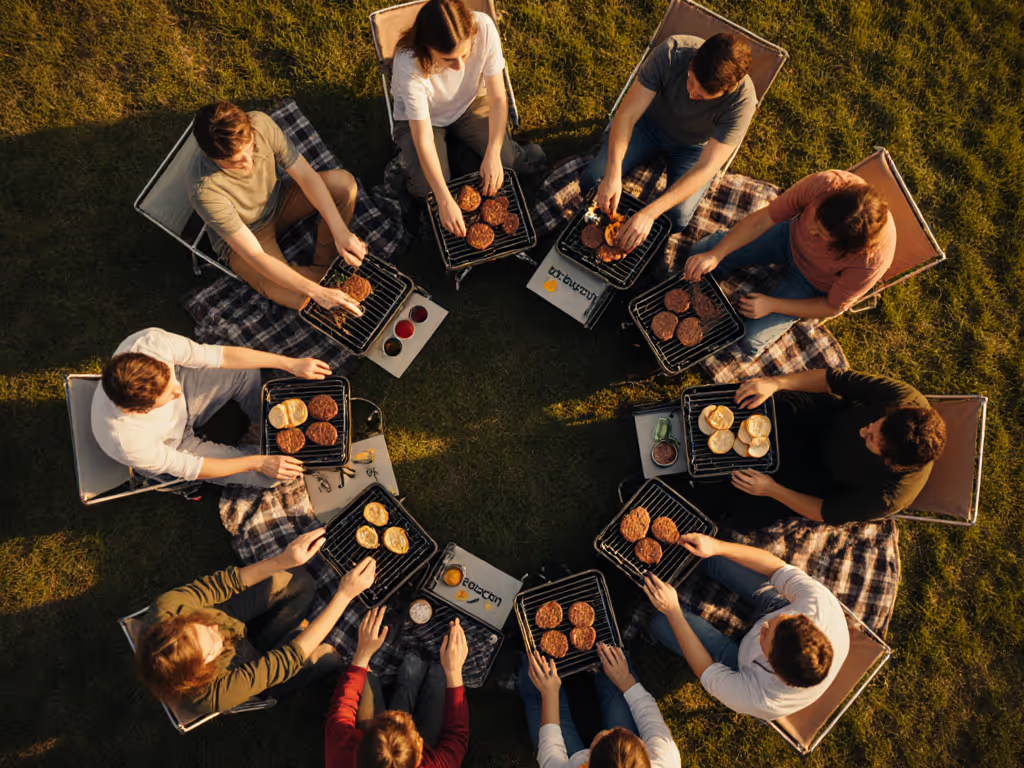
5. Safety-First Setup for Public Spaces
When hosting community grill events, safety concerns can shut down your gathering faster than anything. Your setup must address:
- Stability: On uneven ground, use a portable leveling system (even a folded towel works)
- Wind management: Position grill perpendicular to wind, not facing it directly
- Temperature zones: Create clear 'hot' and 'cool' areas for food safety
- Emergency protocol: Have water source and fire extinguisher visible and accessible
Before igniting, do a quick safety sweep: cleared vegetation within 3 feet, no overhead branches, stable surface. At community events, assign someone specifically to monitor the grill, never assume 'someone else' is watching.
6. Streamline Cleanup with Modular Systems
The difference between a one-time event and regular community grill events? How cleanly you leave the space. Build your kit with sealed drip management that won't leak in transport: For step-by-step maintenance and fast post-event cleanup, see our portable grill cleaning guide.
- Line your grease tray with foil for quick disposal
- Pack a small container of biodegradable cleaner and microfiber cloths
- Bring ziplock bags for ash disposal (even gas grills accumulate residue)
- Use a heat-resistant case that cools your grill faster
After the grill cools, do a plain-language checklist of your cleanup:
- Grill surface wiped
- Drip tray emptied
- Cooking area swept
- All trash collected
- Equipment counted
This pack-light ethos ensures your community building with grills continues without creating negative perceptions from messy aftermath.
7. Build Momentum for Future Gatherings
The true measure of successful community grill events isn't just the current gathering, it's whether people return. Within 24 hours:
- Share photos in your neighborhood group
- Send a quick thank you noting specific contributions
- Poll for next month's preferred date/time
- Highlight one 'grill hero' who helped significantly
Document what worked: Which fuel performed best? What menu items disappeared fastest? How long did setup really take? This data becomes your neighborhood potluck planning foundation for next time.
Your Actionable First Step
This weekend, visit your target park with just your portable outdoor bbq grill (no food). Set up in the area where you'd host, noting:
- Where you'd position the grill for maximum safety
- How long setup and takedown actually takes
- What neighbors passing by say about the idea
- Where the nearest fuel purchase points are located
Record these observations in a simple note, you've just completed 80% of your community grill event planning. Now you're ready to invite neighbors with confidence, knowing your portable system works in that specific space. That's pack-to-plate pragmatism in action.

